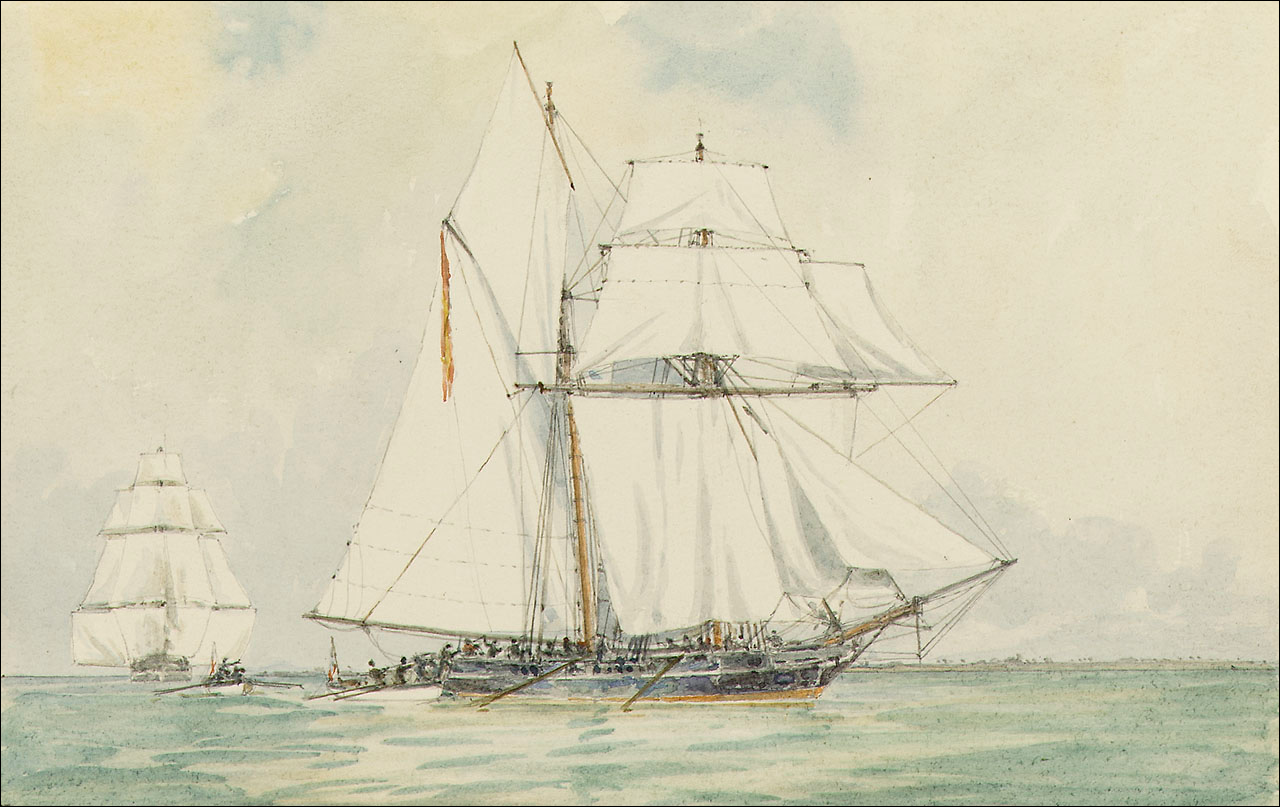Suppression of the African Slave Trade
|
This interactive map of the Slave Trade Blockade illustrates the capture location of over 2,400 slave ships in international waters in the nineteenth century. |
Under the terms of anti-slavery legislation, military leaders, navy officials, and colonial administrators targeted, suppressed, and documented illegal slave trading activities as part of the judicial process. Initially, suppression involved identifying and seizing enslaved people in transit. Government officials often provided testimony and observations of the moment of capture, which often involved violent conflict. This evidence often formed the basis of a case, whereby it had to be proven if the capture was justifiable or not. If legal, then enslaved people were condemned and state-sanctioned emancipation occurred. After, mass registrations could follow as a means to monitor the future indentures and conscriptions enforced upon "Liberated Africans."
The often violent recaptures occurred both at sea and on land, with the former accounting for approximately 45 percent of all cases. The British Royal Navy, as well as Portuguese, Spanish, Brazilian, Dutch, American, and Ottoman ships, enforced a slave trade embargo around the coast of Africa and the Americas. The Slave Trade Blockade feature provides information for nearly 3,000 documented capture locations at sea, as well as others on land. Although the oceans were difficult to police and jurisdictions expanded over time, maritime engagements accounted for over 95 percent of all captures before the mid-nineteenth century. As maritime captures declined, the slave trade ended in the Atlantic by 1867 and in the Indian Ocean by 1902.
|
"Boarding of the Spanish slave schooner Esperanza." National Maritime Museum, Greenwich, London, PAD9478, by Irwin Bevan, 1819. |
As part of the suppression effort, British colonial authorities stationed at a destination port in the Caribbean and Cape Colony could confiscate enslaved people as they were being unloaded at delivery. Sometimes, port officials accepted cases of enslaved individuals who claimed they had been illegally enslaved after 1807. Meanwhile in West Africa, military operations targeted and destroyed slave forts and barracoons scattered along the coast. These conflicts often involved seizing canoes used to shuttle groups of people from the coast to larger ocean bound vessels.
Land-based captures could involve instances of condemnation, repurchasing, as well as people appearing before a court, consulate, or colonial office seeking asylum. Depending on place and period, mass registration occurred, including into the colonial period. Immediately after France’s second abolition in 1848, a state-run program was expanded to license private companies to repurchase, redeem, and indenture enslaved people from slavery in Africa, which was known as rachat et engagement. As Portugal abolished the slave trade in 1854 and the Ottomans by 1857, over 80 percent of all recaptures occurred on land and mostly within Africa.
